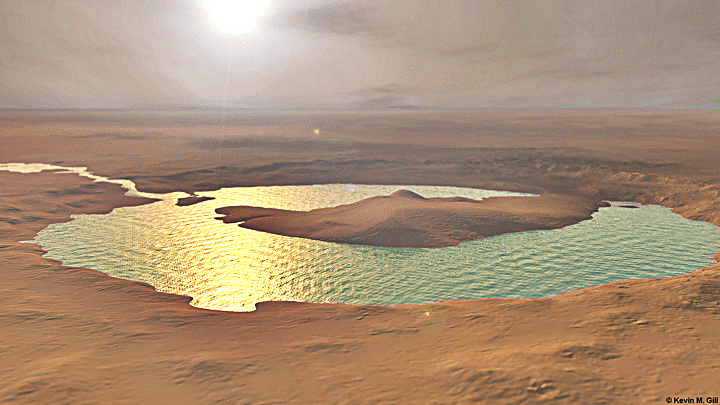Our world is hurtling through the debris left behind by the
comet 109P/Swift-Tuttle, meaning we get another dose of the Perseids, those
gorgeous meteors that appear to radiate from the constellation Perseus. So,
when do they peak, and what time of day is best to be able to see them?
The peak
will occur on the nights of August 12 and 13. Although they blaze through the
atmosphere all the time throughout that period, you’ll only really be able to
see them when the Sun has been metaphorically extinguished by the horizon.
According to Space.com, you’ll be able to see 60-70 meteors per hour on
average, but if you’re lucky, there may be around 150-200 per hour.
Just go
outside, hope there are no clouds, and look just above the horizon.
Technically, you’ll be able to see Perseids anytime from now (well, from July
17 actually) to August 24, which is the total time we’ll be passing through the
cloud of debris belonging to Swift-Tuttle. The peak coincides with our passage
through the densest part of the cloud.
2018 appears
to be a particularly good year for Perseids purveyors. During the peak, the
Moon – which will be a slither of a crescent – will set before midnight, which
should allow you to see the streaking space rocks disintegrating in our
atmosphere with ease. As noted by EarthSky, you’ll be able to spot the Delta
Aquariid meteor show in the mix too.
Active from
early/mid-July to late-August, they’re a bit slower, fainter, and less numerous
than the Perseids, but you can still see them radiating from the constellation
Aquarius in the night sky. They’re best viewed in the Southern Hemisphere, or
as far south as you can get in the Northern Hemisphere. It’s not actually clear
where these meteors originate from, but NASA suggests that it’s from comet
96P/Machholz, which orbits the Sun 33 times more often than Swift-Tuttle – once
every five years to 109P’s 133-year orbital period.
Another
underrated tip for meteor shower viewing is to sit outside in your chosen,
dark-as-possible viewing area for 30 minutes to allow your eyes to adjust.
Although it’s a little extreme, if you happen to be climbing a fairly
decent-sized mountain around this time, you’ll get the treat of your life: I’ve
never seen anything quite like the Perseids meteor show while scaling Mount
Fuji, with the sky the deepest color of black and the cloud line far below me.
Oh, and just
in case you’re wondering: A meteoroid is a small chunk of rocky debris going
through space. When it starts to burn up in the atmosphere, it’s a meteor. If
some survive and it impacts the ground, it’s a meteorite.





Post A Comment:
0 comments: